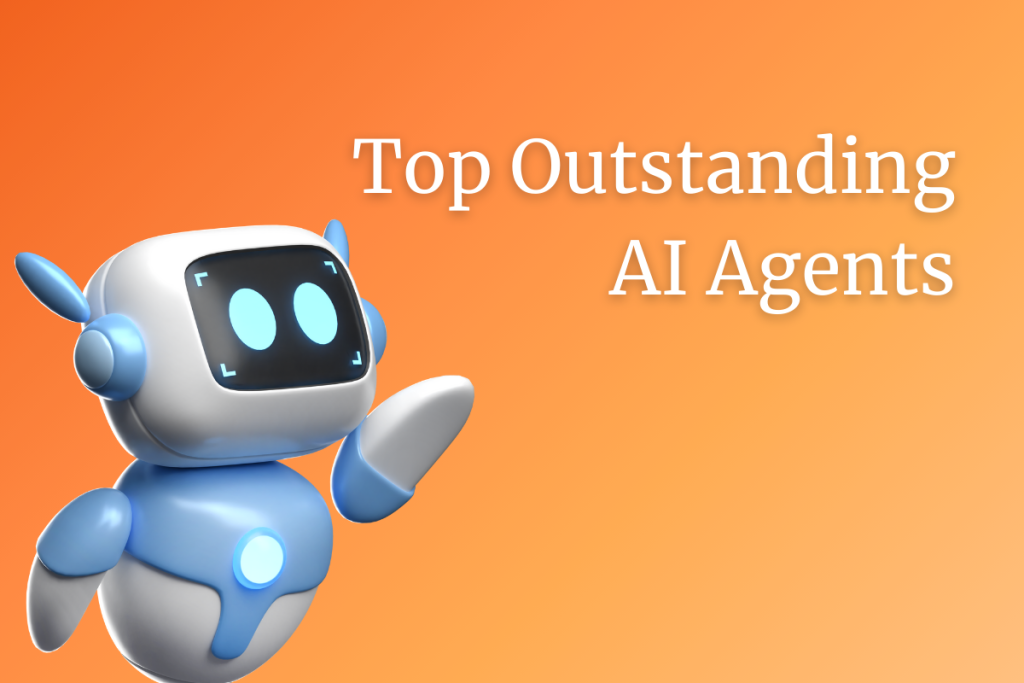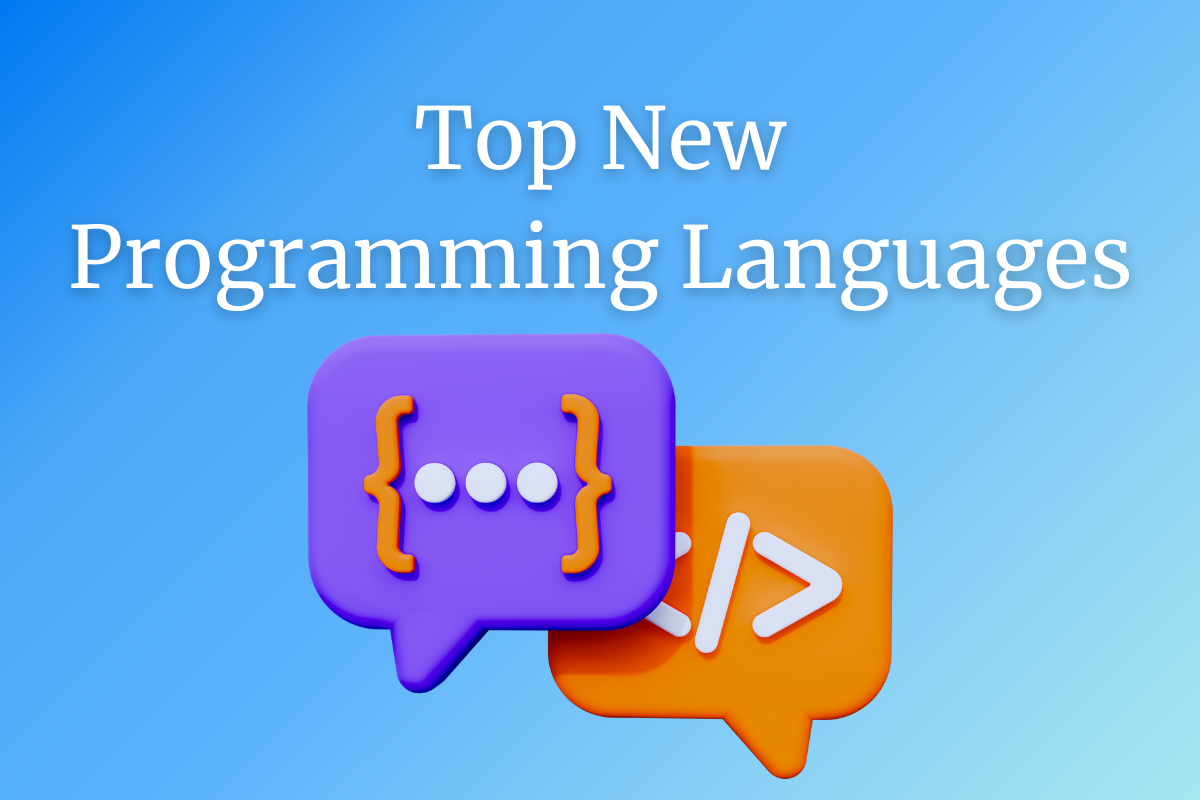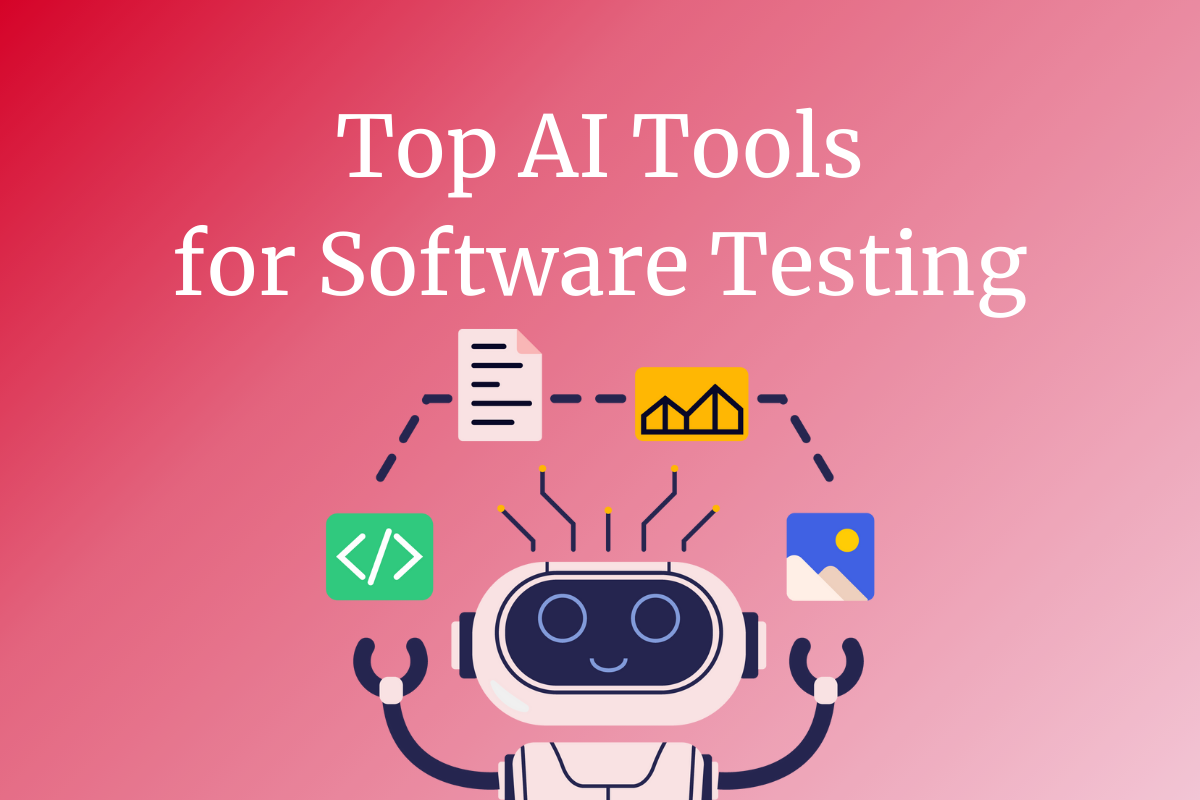Programming languages serve as the backbone of the Information Technology and Data Science sectors, just like how languages are fundamental to human daily lives. Software Developers and Data Scientists employ various programming languages to create innovative applications across all domains, encompassing healthcare, education, IoT, banking & finance, logistics, and more.
While various programming languages exist, some stand out due to their popularity and robust community support. The rapid advancement of technology underscores its relevance for IT professionals, enabling them to refine their coding and web design proficiencies continually.
This article will explore the programming languages poised for the future. If you’re eager to determine which programming language will enhance your professional worth, stay with us until the end!
What are programming languages?
A programming language is a set of tools for programmers to create software programs, scripts, or sequences of instructions for computers to execute. While many languages may have commonalities, each possesses its unique syntax.
Once a programmer becomes familiar with a language’s rules, syntax, and structure, they compose the source code using a text editor or integrated development environment (IDE). Subsequently, the programmer often transforms the code into machine language, which the computer can comprehend. In the case of scripting languages, which do not necessitate a compiler, an interpreter is used to execute the script.
Top 7 Programming Languages of the Future
1. Python
Hitting it off with Python, it is definitely on top of the list. Especially when discussing the most esteemed programming languages, Python unquestionably stands at the pinnacle of recognition, as it has garnered immense popularity among developers and Data Science experts thanks to its innate simplicity and remarkable versatility.
Boasting an approachable learning curve and syntax reminiscent of the English language, Python proves to be exceptionally user-friendly, particularly for beginners. Moreover, Python enjoys profound library support, catering to various coding needs. For instance, Python libraries such as Django and Flask are tailored for web development, while TensorFlow, Keras, and SciPy shine in Data Science applications.
Python programming language can easily be found in various applications in different domains, including web and desktop application development, GUI-based desktop applications, machine learning model creation, network servers, and much more. Python’s expansive ecosystem of libraries, modules, and frameworks significantly streamlines the development process. It is the foundation for industry giants like Facebook, Twitter, Pinterest, SurveyMonkey, etc.
2. R
Introduced in 1993, R is a dynamic, array-centric programming language highly compatible with major operating systems such as macOS, Linux, and Windows. What sets R apart is its dual role as both a programming environment and a hub for statistical computing and graphics. The R environment comprises a cohesive suite of software tools customized for data manipulation, statistical analysis, and graphical representation.
R stands out for its high extensibility and rich repertoire of statistical methods, encompassing linear and non-linear modeling, time-series analysis, regression, classification, clustering, and more. R accommodates object-oriented, imperative, functional, and procedural programming approaches as a multi-paradigm language.
Like Python, R offers a wide array of libraries, including dplyr, ggplot, tidyr, leaflet, and others. Its scalability, statistics, and data visualization proficiency make it a favorite among developers and data scientists.
As a programming language, R facilitates the automation of tasks, positioning it as one of the top 10 programming languages poised for the future. However, it’s worth noting that learning can be challenging, especially for those less familiar with statistical concepts.
3. Java
Java is the unparalleled champion of server-side application development, reigning as the go-to choice for diverse software solutions. This class-based, object-oriented programming language finds applications in crafting software products, mobile apps, web apps, games, web servers, and application servers. Remarkably, Java has long held the throne in the empire of Android app development. It has also gained substantial popularity among Big Data Engineers, who rely on it to construct robust Big Data ecosystems.
Java’s extensive library ecosystem shines in machine learning development, featuring names like JSTAT, Deeplearning4j, JavaML, Weka, ADAMS, Mahout, and RapidMiner. The tech stacks of industry giants such as Uber, Airbnb, Google, Netflix, Amazon, and Spotify proudly incorporate Java into their repertoire.
4. C#
Crafted originally by Microsoft, C# is a versatile, open-source, and object-oriented programming (OOP) language celebrated for its adaptability. It is a cornerstone for backend development, game creation, web and desktop applications, and mobile app development, specifically for Windows phones. C# operates seamlessly within the .NET framework.
C# earns widespread recognition thanks to its user-friendly nature and well-structured architecture. Tools like Accord.NET and ML-Agents empower .NET developers to craft innovative machine-learning applications. Initially designed by Microsoft to rival Java, C# has established a strong presence in the business environment and game development, particularly in conjunction with the Unity engine. Its versatility extends to creating applications not only for websites but also for mobile devices.
While sharing certain traits with structured programming languages, C# is known as an object-oriented programming language. It offers a rich repository of solutions, including a crypto library, robust tools for unit testing, efficient multithreading capabilities, and adept handling of collections.
A notable advantage of C# is its emphasis on type safety, substantially reducing errors resulting from faulty code. These attributes position C# among the top 7 programming languages poised for the future. However, it’s worth mentioning that locating skilled C# developers can be a challenge.
5. C++
++, an all-encompassing, cross-platform programming language, emerged as an extension of C, a brainchild of Bjarne Stroustrup. This linguistic fusion blends the attributes of object-oriented, imperative, and generic programming languages. The result is a programming powerhouse that bestows developers with remarkable authority over memory management and system resources. At its core, C++ is distinguished by its unwavering commitment to speed and efficiency, empowering developers to craft high-performance applications.
C++ finds its role in developing operating systems, embedded systems, and the creation of Graphical User Interfaces (GUIs). Its portability allows for the construction of applications capable of seamlessly adapting to diverse platforms and environments. In the Machine Learning world, C++ boasts specialized repositories such as Turi Create, TensorFlow, and LightGBM, further solidifying its position.
This versatile language is deployed in various domains, from web browsers and operating systems to gaming. C++ accommodates multiple programming paradigms, including object-oriented, procedural, and functional, rendering it a flexible and formidable tool. Its extensive use extends to professional game development and crafting high-performance applications.
A notable asset of C++ is its endowment of programmers with unparalleled control over system memory and resources. Its prevalence spans embedded systems, graphical user interfaces, and modern operating systems. Furthermore, C++ facilitates a smooth transition for programmers moving between C and C++, reflecting its roots in enhancing the C language to embrace object-oriented programming.
6. Kotlin
Kotlin, a statically typed, versatile programming language, stands out with its innate compatibility with Java. While Kotlin primarily targets the JVM, it also offers the flexibility to compile into JavaScript or native code. This synergy between Kotlin and Java aims for Android application development, significantly improving speed and efficiency.
Beyond its prowess in Android development, Kotlin extends its impact on web development, desktop application creation, and server-side development. Kotlin is concise and secure, along with its tool-friendly attributes, making integration with any Java IDE smooth, and can be built via the command line.
Being a general-purpose, statically typed programming language with cross-platform capabilities and robust type inference, Kotlin’s primary objective is to ensure complete interoperability with Java. The fluid interplay between Kotlin and Java has accelerated Android development, resolving key Java-related issues. Numerous Java applications have been reimagined and rewritten in Kotlin. Kotlin’s syntax is designed for accessibility, making it approachable for newcomers while offering an array of potent features that appeal to experienced programmers.
7. JavaScript
JavaScript, a versatile high-level scripting language, embraces multiple programming paradigms, including object-oriented, imperative, and declarative styles. This dynamic language boasts a rich set of application programming interfaces (APIs) catering to text, dates, regular expressions, and standard data structures. It occupies a pivotal role, alongside HTML and CSS, as one of the core technologies powering the World Wide Web.
While JavaScript shares nomenclature, syntax, and standard libraries with Java, it’s important to recognize their inherent distinctions. JavaScript seamlessly aligns with Java and integrates effortlessly with HTML, making implementation a breeze. Notably, JavaScript offers an array of libraries conducive to machine learning model development, including TensorFlow.js, Brain.js, machinelearn.js, ConvNetJS, Mind, Synaptic, and Neuro.js.
This programming language has gained widespread popularity, as evidenced by Stack Overflow surveys. Renowned for infusing interactivity into browsers and web applications, JavaScript is hailed as the quintessential language of the web. Its ubiquity stems from its pivotal role in driving web and mobile applications, particularly as a client-side language. While more straightforward applications can operate without server support, more complex ones may generate server load.
JavaScript’s usage has experienced exponential growth, serving as the cornerstone for frameworks and libraries like Vue, React, and Node. Its compatibility extends to nearly all contemporary web browsers, crafting dynamic and interactive user experiences.
Wrapping up
The top 7 programming languages mentioned above each offer unique strengths and capabilities. As businesses evolve and technology advances, having the right tools in your software development arsenal can make all the difference.
Whether you opt for Python’s simplicity, R’s statistical prowess, Java’s versatility, C# flexibility, C++’s control, Kotlin’s interoperability, or JavaScript’s ubiquity, the choice ultimately hinges on your specific needs and objectives. By aligning your programming language choices with your organization’s goals, you can harness the power of these languages to drive innovation, efficiency, and growth. Sometimes, what it takes might be the “right” concoction of these programming languages.
Stay informed, stay adaptable, and stay alert! As AI gradually sneaks, new programming languages might be happening. The future is rather exciting, proceeding to the year 2024 and onward. Are you with us?
ContactContact
Stay in touch with Us
![Top Programming Languages of the Future [2025 Update]](https://shiftasia.com/wp-content/uploads/2023/11/programmer.jpg)











